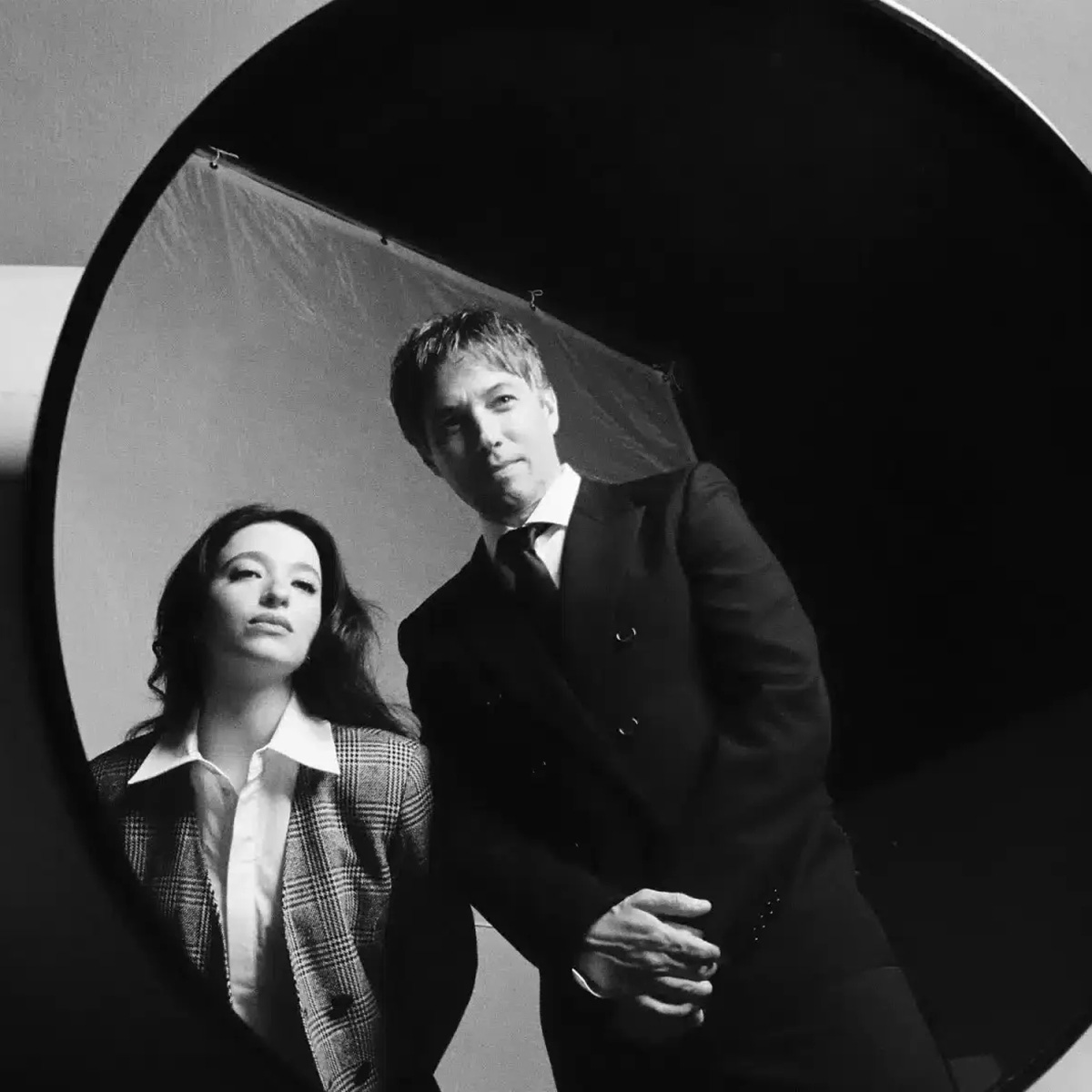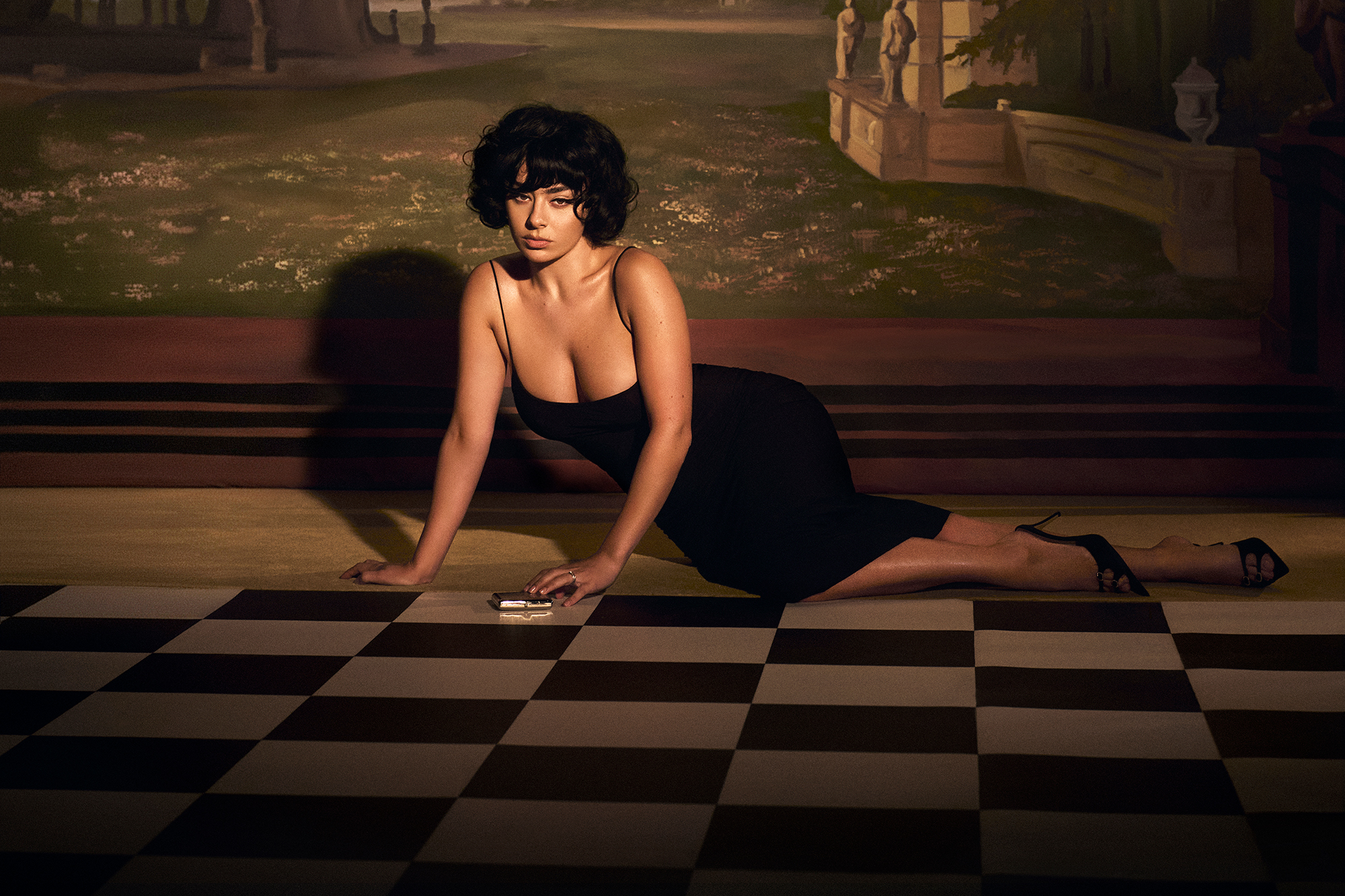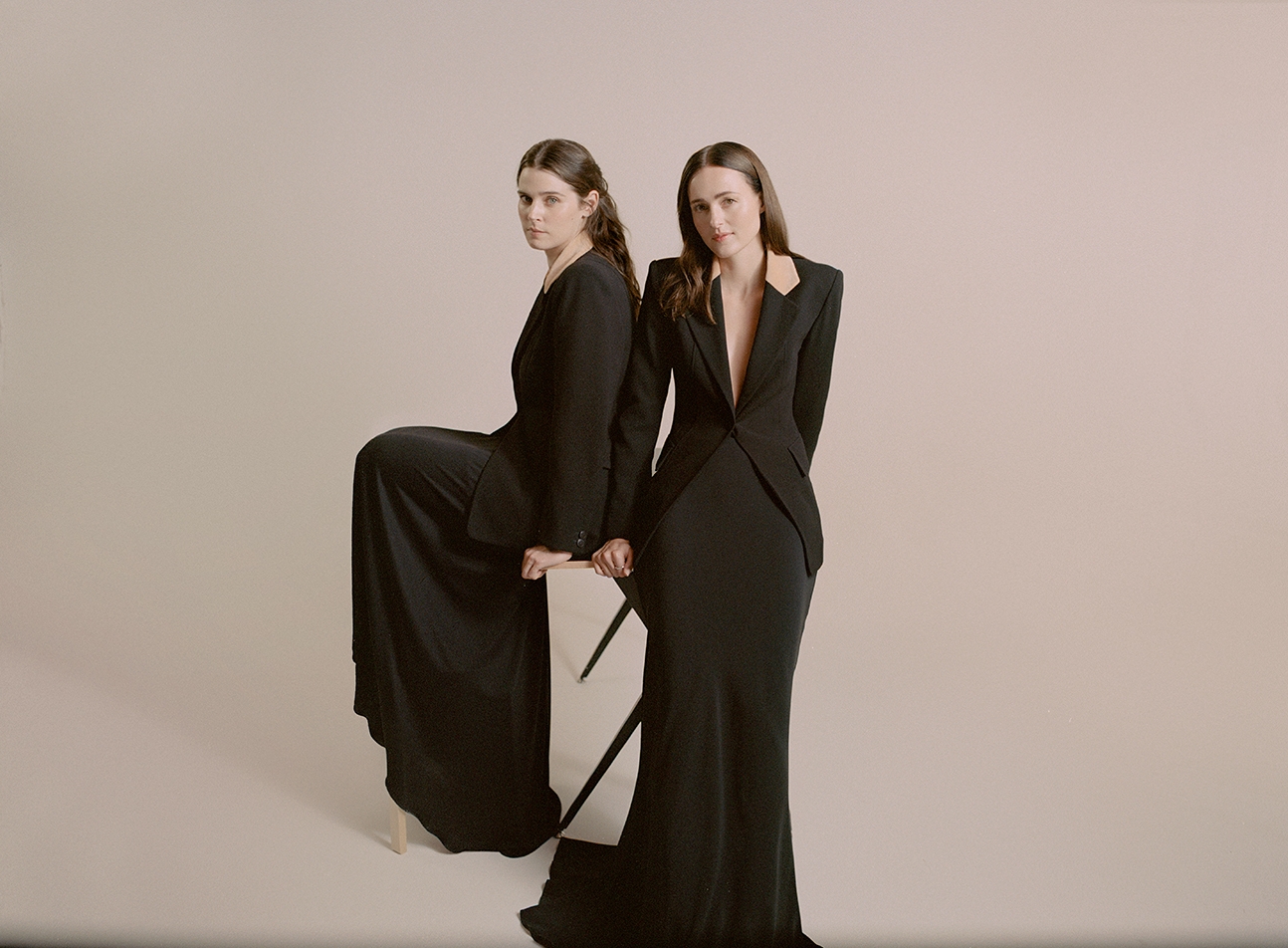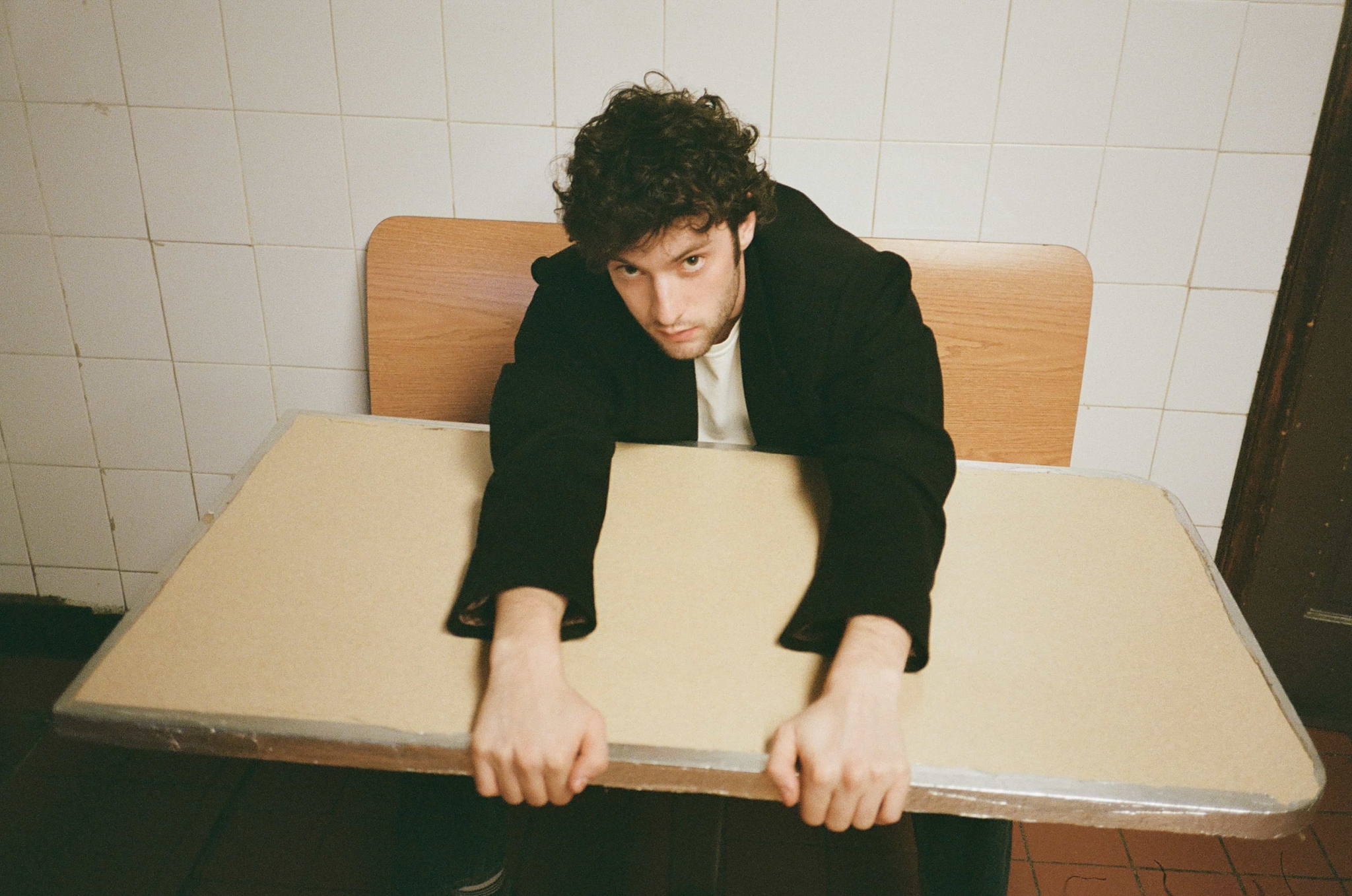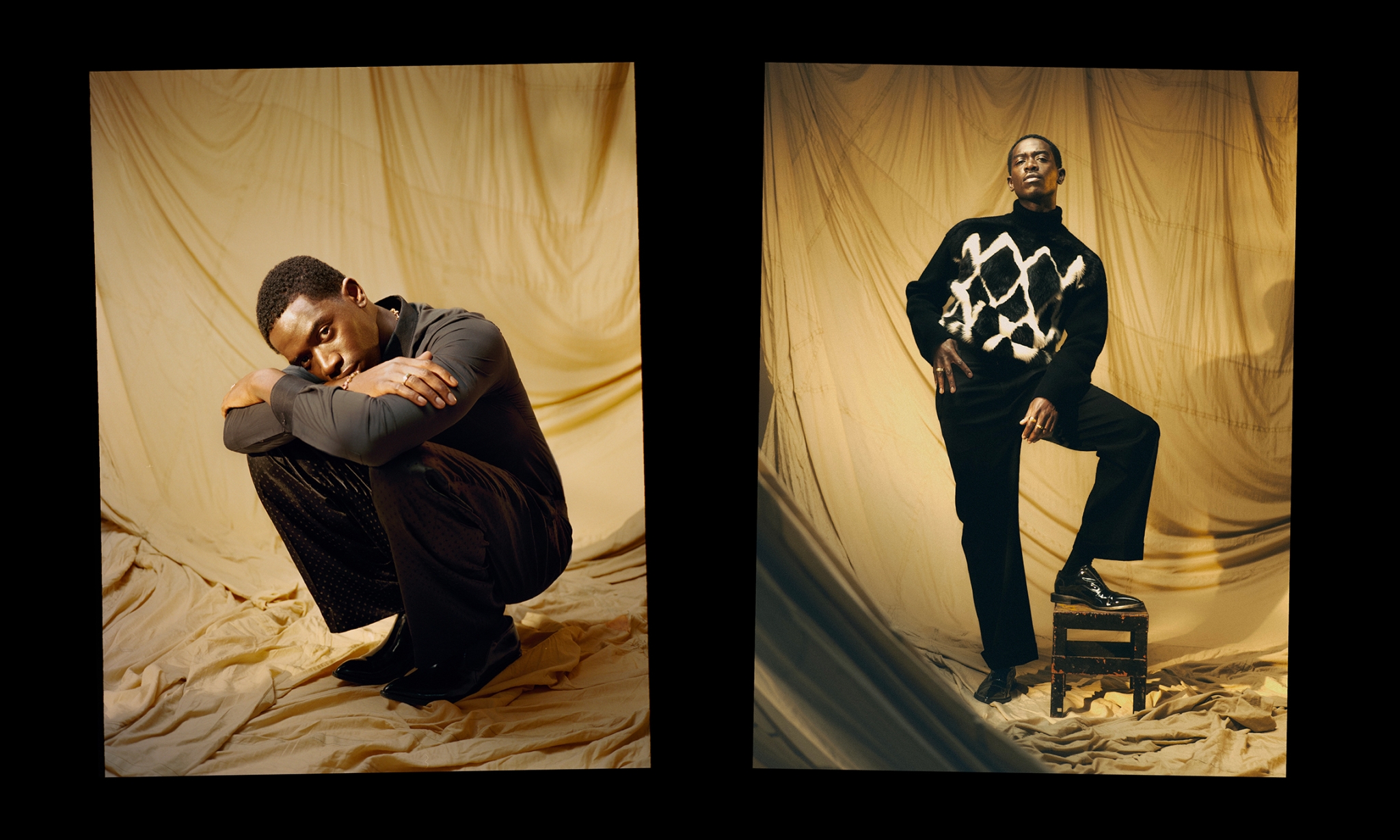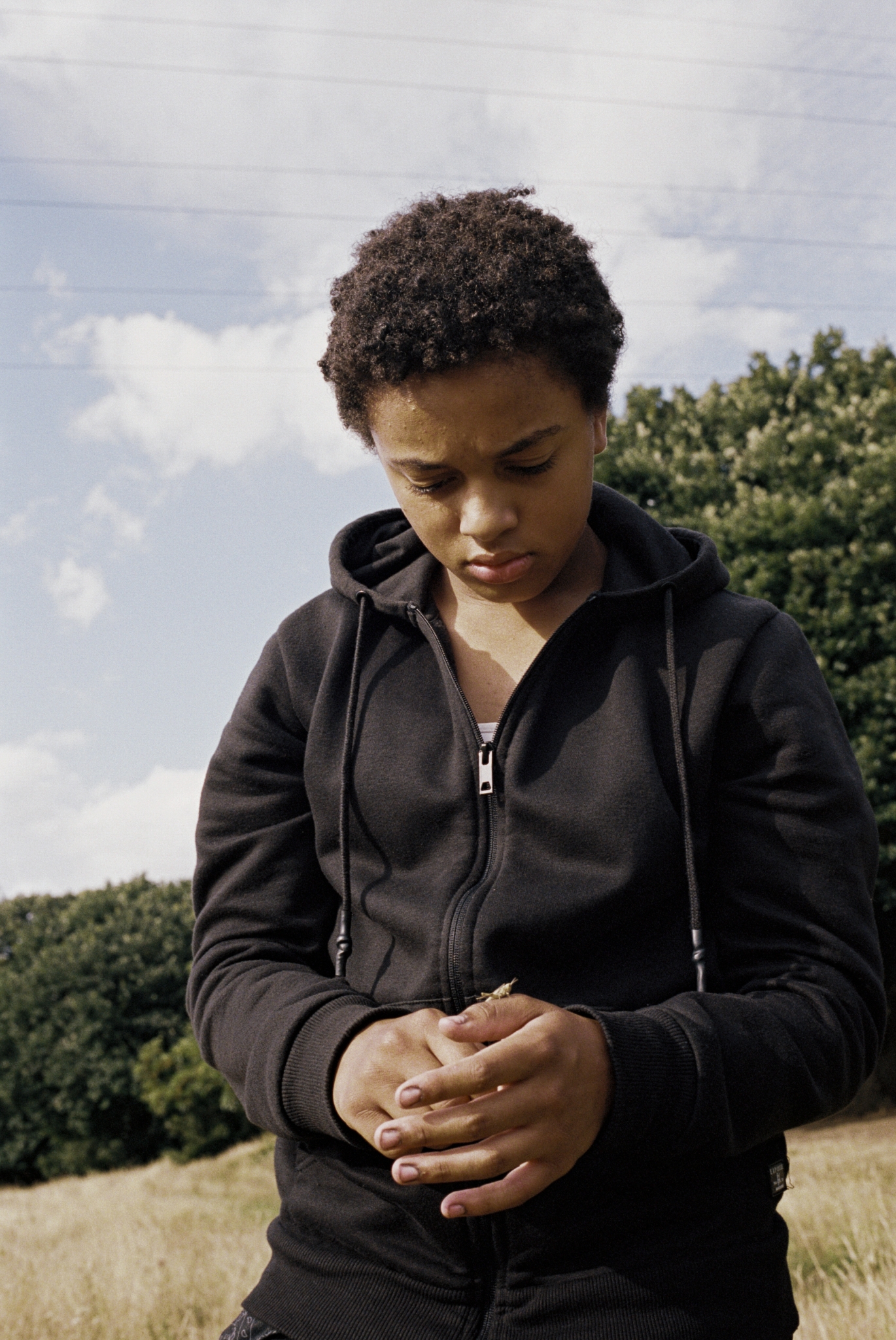
Whilst more readily associated with kitchen sink realism, as her latest film Bird confirms, Andrea Arnold’s work is defined by an ecological lens, which brings us closer to the experiences of the creatures who inhabit our planet.
In a scene from Andrea Arnold’s Bird (2024), a painted lady butterfly comes to rest on the hand of the film’s young lead, 12-year-old Bailey (Nykiya Adams). Sitting in her father’s flat in North Kent, Bailey quietly observes the natural beauty of this striking creature and its intricate anatomy: bright orange spots, soft wings and delicate antennae. She uses her phone to record the exchange, a mode of visual documentation that frequently returns throughout Bird. Robbie Ryan, Arnold’s cinematographer and longstanding collaborator, embeds Bailey’s iPhone footage into the aesthetic fabric of the film. A nimble shift in the screen’s aspect ratio marks our immersion in Bailey’s perpetual universe, an invitation to glimpse the world as seen through her curious eyes.
This encounter between Bailey and the butterfly in Bird recalls the numerous creaturely interactions that unfurl between girls and animals in Arnold’s earlier work. Take, for example, Star’s otherworldly encounter with a grizzly bear in American Honey (2017), or Mia’s tender attachment to a chained horse in Fish Tank (2009). These contemplative moments of connection between Arnold’s young protagonists and other species recall the filmmaker’s own affinity with nature. Writing in The Guardian in 2021, she said:
“So, unsupervised most of the time, I lived a fantastically wild life. I grew up in north Kent on an estate surrounded by liminal wilderness. From early, I would spend entire days roaming wherever the fancy took me. Between estates and chalk pits and deserted old industrial spaces and woods and motorways. Out of this grew a deep love of insects and birds and animals and plants. Stray estate dogs, the Traveller ponies chained by the motorway, the fish and frogs in the water-filled bomb site, wild strawberries on the banks of the chalk pits.”
Arnold’s early fascination with animals was forged in the same physical landscape we explore and roam in Bird. For the young wanderer, the wild creatures and ecologies that populate the Thames Estuary are a rich source of discovery. Bailey’s interest in filming the birds, butterflies and horses she encounters is a powerful analogue of Arnold’s own cinema, with its loving attention to the biological rhythms of animal life. Critics have been keen to place Arnold within an established domestic tradition of British social realism centred on class, alongside its paternal masters such as Ken Loach and Mike Leigh. Her interest in working class life and use of nonprofessional actors positions her in relation to this lineage. However, her cinematic eye has always gazed far beyond the kitchen sink, soaring out the window to explore elemental realms. The titles of Arnold’s early shorts, including Dog (2001) and Wasp (2003), reflect their intra-species attentiveness, explicit in placing non-human figures at the centre of the action and undoing a strictly anthropocentric field of vision. More recently, Cow (2021) offers an intimate portrait of a dairy cow named Luma. Arnold’s important gesture in the film is to refuse the anonymity and invisibility of ‘livestock’, bringing us into close contact with Luma in all of her creaturely and majestic specificity. It is a political intervention that asks us to look closely at the non-human animals we farm, despite the more prevalent impulse to look away. “I kept saying involuntarily during the edit: ‘I’m seeing you, Luma. Don’t worry Luma, we see you.’ I’m not sure any farm animal really feels seen,” Arnold explained. Arnold’s ecological lens is a mode of care and consciousness, bringing us closer to the experience of the creatures with whom we inhabit the planet.
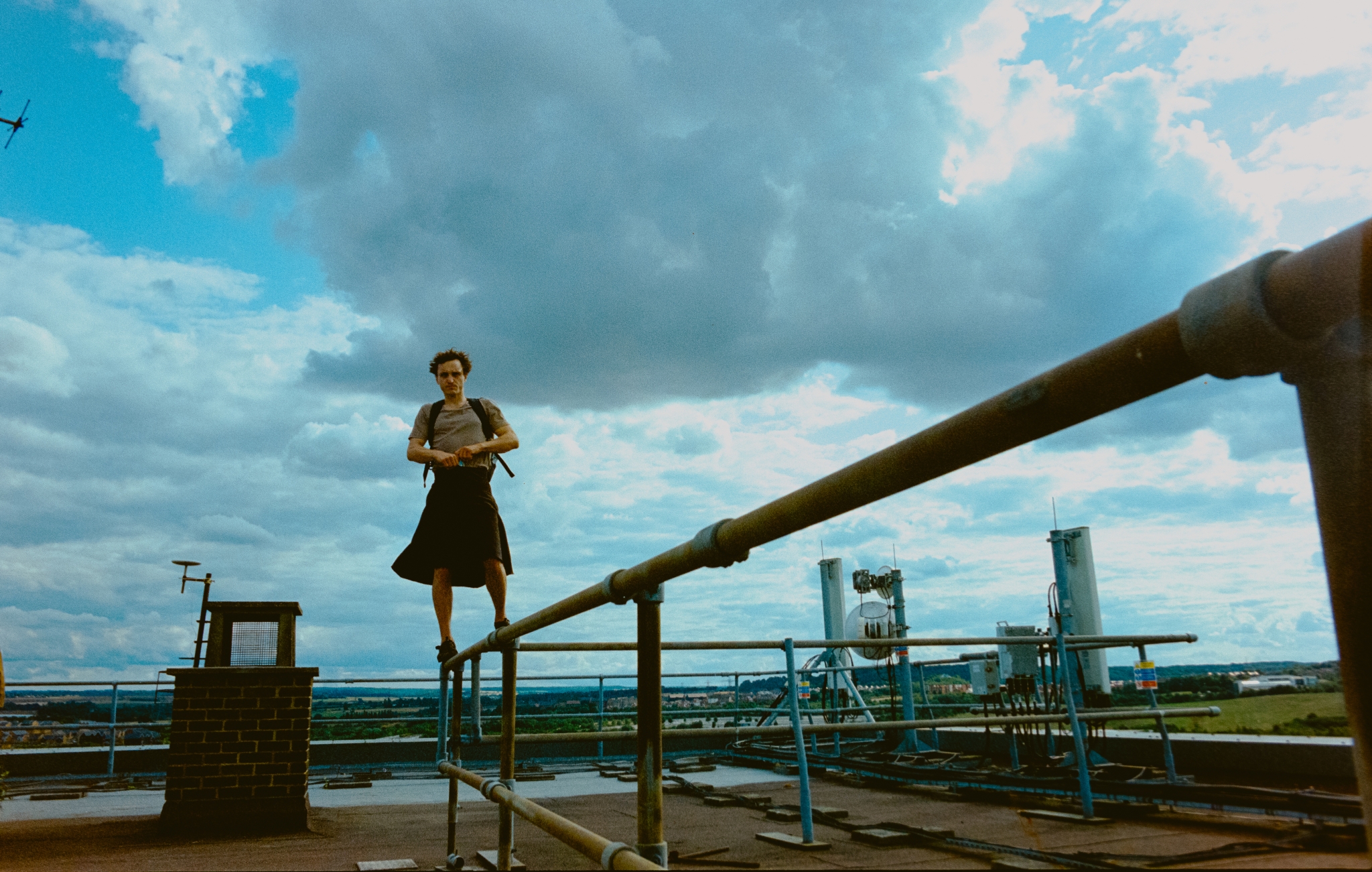

For the film scholar Jonathan Murray, Arnold’s cinema evinces a “strong desire to question and confound received (and often overlapping) binary oppositions between the human and the animal, the disciplined body and its disobedient, desiring counterpart, the socially acceptable and the socially abject.” In Bird, Arnold goes further than ever in challenging the separation between humans and animals. The ethereal figure of Bird (Franz Rogowski) arrives in Bailey’s life towards the beginning of the film, on a quest to find his long-lost family who used to live on a nearby estate. He mysteriously perches on the rooftop of the tower block adjacent to the building Bailey lives in with her chaotic dad Bug (a heavily tattooed Barry Keoghan) and brother Hunter (Jason Buda). This elevation provides a ‘bird’s eye view’ of the human action below, situating Bird as a mysterious, celestial witness to the events taking place in Bailey’s built environment. This spectatorship is not the mode of the surveillance explored in Arnold’s first feature, Red Road (2006). In that film, a CCTV operator closely observes the residents of a Glasgow tower block, the titular Red Road Flats. In Bird, Arnold returns us to the vertical geometry of the high rise but the result is something closer to Wim Wenders’ Wings of Desire (1987). Bird’s unique perspective on Bailey’s world offers kindness and empathy when they are needed most: ‘You’re used to sorting it, aren’t you? Taking care of things yourself?’ Bird’s origins remain unclear, an opacity that hovers and levitates throughout. As soon as a flicker of clarity about Bird’s story comes into view, he swiftly takes flight before we can fully grasp it. It is only in the film’s final moments that we glimpse a surreal insight into Bird’s extraordinary, hybrid existence.
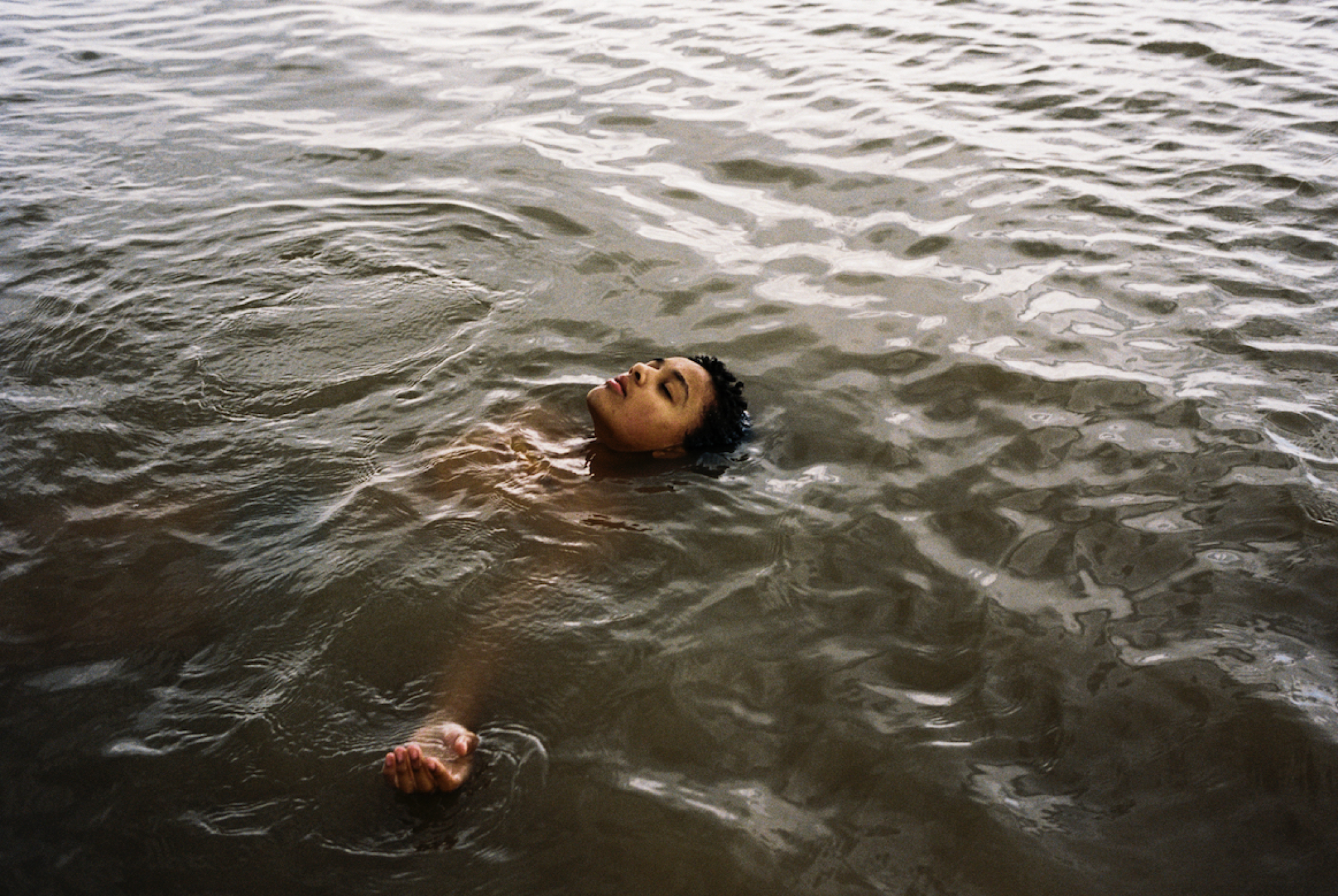
[Arnold’s] cinematic eye has always gazed far beyond the kitchen sink, soaring out the window to explore elemental realms. The titles of Arnold’s early shorts, including Dog (2001) and Wasp (2003), reflect their intra-species attentiveness, explicit in placing non-human figures at the centre of the action and undoing a strictly anthropocentric field of vision.
Hannah Parlett
The spiritual alliance between Bailey and Bird is a powerful force, one that is able to contest the brute violence threatened by Skate (James Nelson-Joyce), the abusive man living with her mother (Jasmine Jobson) and younger sisters. The family dog becomes the first subject of his cruelty, a narrative pattern that echoes Arnold’s early short, Dog (2001). Both conflicts results in a ruthless assertion of physical dominance and the annihilation of animal life. Arnold points us towards Bird’s and Bailey’s shared exposure to Skate’s violence. In her book Creaturely Poetics, Anat Pick reflects on the state of vulnerability and finitude that all humans and nonhumans share. As material and temporal bodies, all living beings exist in a state of ontological exposure to damage. Pick draws upon the philosophy of Simone Weil to propose a creaturely ethics based on our precarity: “the vulnerability of precious things is beautiful because vulnerability is a mark of existence.” This ethical engagement transcends boundaries between species, troubling the binary between human and non-human: “that which exists must be loved, and loved because it exists, because it is subjected to necessity.”


The bond between Bailey and Bird bond emerges as a special mode of kinship separate from the social hierarchies and rules of the film’s human universe. In one scene, a bird helps Bailey deliver a letter, traversing heights and obstacles beyond human scales to deliver it safely to the recipient. This occurs as if by magic, and Arnold leaves it up to us how we are to read this remarkable intervention. This reciprocity is one of the film’s most pertinent messages, an ethical imperative made even more urgent by the contemporary spectre of planetary crisis. The category of the human as we know it, Arnold reminds us, is connected and indebted to a complex web of non-human life-forms, creatures, and ecologies. Bird is attentive to the ways in which animals are used by humans in a capitalist system of relations. Bug desperately attempts to extract hallucinogenic slime from a Colorado toad to pay for his wedding. Across numerous films, Arnold has represented the ways in which humans commodify the viscous substances they lift from the natural world. The toad’s psychoactive slime sits alongside the oil prospected in American Honey (2017), a film based on the American ‘road’ genre. Whereas most road narratives separate the kinetic thrill of automation and mobility from its refuelling, Arnold takes us to the heart of the oil field to visualise the geological consequences of human economic activity on the natural landscape. This interest in petroleum most obviously anticipates the politics of Cow, which explores how modern industrial capitalism extracts wealth from bovine life. Luma is subjected to a Sisyphean cycle of enforced pregnancy and lactation, only for her new calves to be abruptly taken away by humans. These organic material substances (slime, milk, oil) sought after in Arnold’s cinema become prompts for philosophical reflection on larger power structures.
Bailey has a different fascination with animals, unlike her father’s fixation on the toad’s economic potential. It is a deeper love for creatures that mirrors Arnold’s own, underpinned by a caring, ethical attention. The meditative image of the butterfly in Bird might prompt reflection on the biological narratives of transformation and metamorphosis that has accompanied the insect’s cultural symbolism. Metaphors of butterflies, cocoons, spreading ones wings are often used to theorize coming of age stories, especially for female subjects who find their material cultures littered with pretty butterfly motifs. The chronology implied by the metamorphosis from caterpillar to butterfly (or girl to woman) is a reductive lens with which to examine growing up, particularly for those subjects whose economic and social status means that they experience life in more precarious terms. Instead, Arnold urges us to consider the opportunities for subversion that emerges from such unfixed conditions, particularly the freedom to roam and meet the creatures with whom we share the planet.

